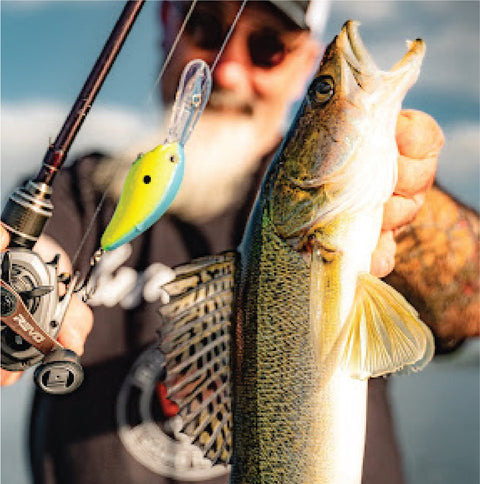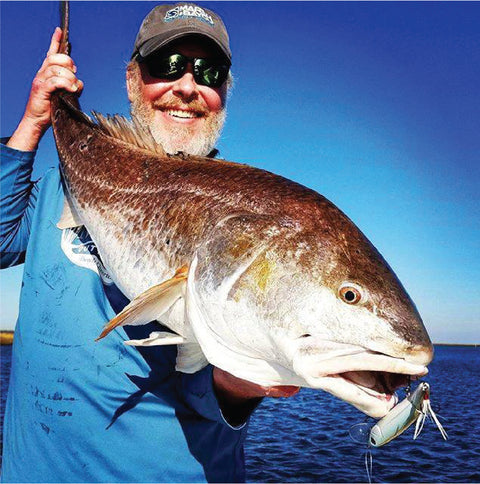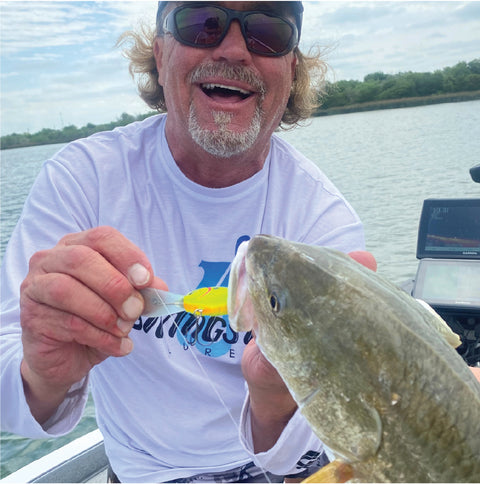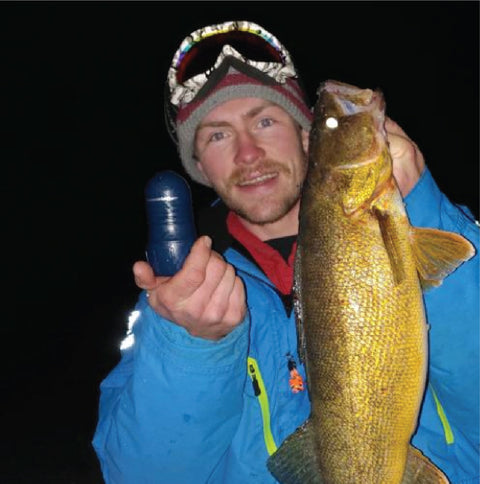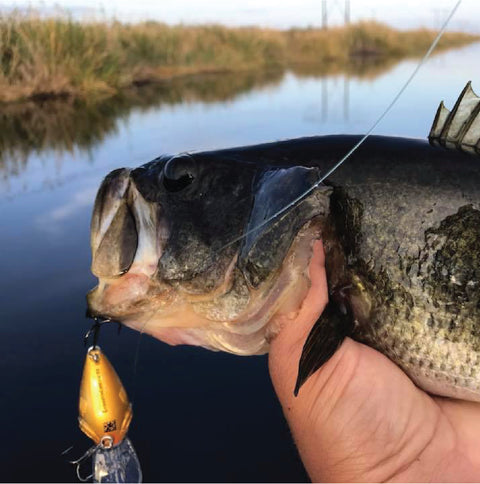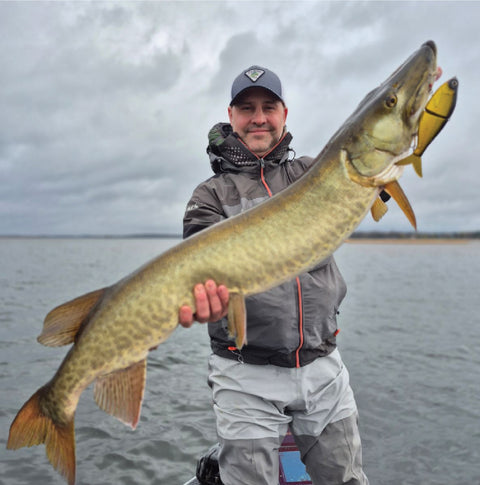Fall Musky Fishing Tips: Steve Herbeck’s Guide to Dialing in the Bite

As fall sets in and water temperatures cool, musky fishing enters its peak season across Eagle Lake Ontario and Northern Wisconsin. For serious anglers, autumn offers the best chance to connect with a trophy fish. To help break down the bite, legendary Eagle Lake guide Steve Herbeck shares his proven fall musky strategies—covering timing, locations, lure selection, and pattern recognition.
Timing and Water Temperature: When Fall Muskies Fire Up
According to Herbeck, water temperature is the trigger that shifts muskies into high gear. “When the water drops below the 70s into the mid-60s and toward 60, it’s prime time for big fish,” he explains. Cooling water sparks movement, but muskies don’t all behave the same way. Some move shallow to feed aggressively in green weed beds. Others hold deeper along thermoclines, breaklines, or rock-to-mud transitions.
Herbeck points out that bigger fish are often positioned farther from structure than expected. “Double your casting distance off points, shoals, or breaks. Those bigger muskies are staging just off the edge.”
Where to Find Fall Muskies
When scouting fall locations, Herbeck recommends these high-percentage spots:
Weedy Bays and Shorelines
Healthy cabbage or milfoil beds near deeper water hold active muskies, especially at dawn and dusk.
Breaklines and Rocky Points
Prime ambush zones for fish shifting between shallow and deep water.
Reefs and Shallow Flats
Cast over the top, then work lures back through multiple depths to contact feeding fish.
Go-To Fall Musky Lures
Herbeck relies on a versatile mix of musky baits designed to cover different depths and activity levels:
The Kraken
His confidence bait. Fish it unweighted over weeds, lightly weighted to 12 feet, or with 2-ounce weights for deep water. Durable, adaptable, and deadly for big fish.
Crankbaits
Under-the-radar models like the Striker, Pounder, and Rachel shine for covering water and triggering reaction strikes.
Swimbaits
Paddle-tail options such as the Magnus or Mustang excel in shallow weed beds, especially when muskies are neutral.
Topwaters & Bucktails
Black-and-orange bucktails and surface baits like the Big Makk produce explosive strikes in shallow water.
Jerkbaits & Spinnerbaits
Best in pre-turnover conditions and during low-light feeding windows.
Finding the Pattern
Herbeck stresses that success in fall musky fishing comes from dialing in the pattern:
-
Check water temperature to determine fish positioning.
-
Talk to locals at bait shops or marinas for the latest activity reports.
-
Start shallow, casting across flats and weed edges, then work deeper.
Pay attention to where muskies strike during your retrieve. Mid-retrieve hits often mean fish are holding off edges, while strikes over the top of reefs suggest they’re positioned shallow.
For deeper fish, Herbeck recommends a heavy weighted Kraken presentation along steep points and shorelines dropping into 30–40 feet. “Count it down about three feet per second, and you can work the whole water column efficiently,” he notes.
In the Net with Steve Herbeck
Fall is trophy musky season, but success requires adaptability. By monitoring water temperature, targeting green weeds and rocky breaks, and rotating between lures like the Kraken and Magnus, anglers can stay on the bite. Steve Herbeck’s advice is clear: pay attention to fish behavior, adjust your presentation, and the fall musky of a lifetime could be waiting on your next cast.
Steve Herbeck & Steven Paul




